HI6005 - Management: Goal Setting and Planning General Framework
VerifiedAdded on 2022/12/27
|11
|604
|99
Report
AI Summary
This report provides a comprehensive overview of goal setting and planning within organizational contexts. It emphasizes the importance of goal setting as a fundamental parameter in many organizations, highlighting its role in achieving various objectives and the necessity of ethical considerations. The report discusses the characteristics of well-defined goals, including specificity, measurability, achievability, and timeliness. It also explores Miles and Vergen's landmark study and management by objectives. Furthermore, the report examines contingency factors influencing managerial approaches to planning and different types of plans, such as operational and single-use plans. The conclusion stresses the priority of goal setting and the importance of realism and stakeholder involvement. References to relevant academic sources are included to support the analysis.
1 out of 11
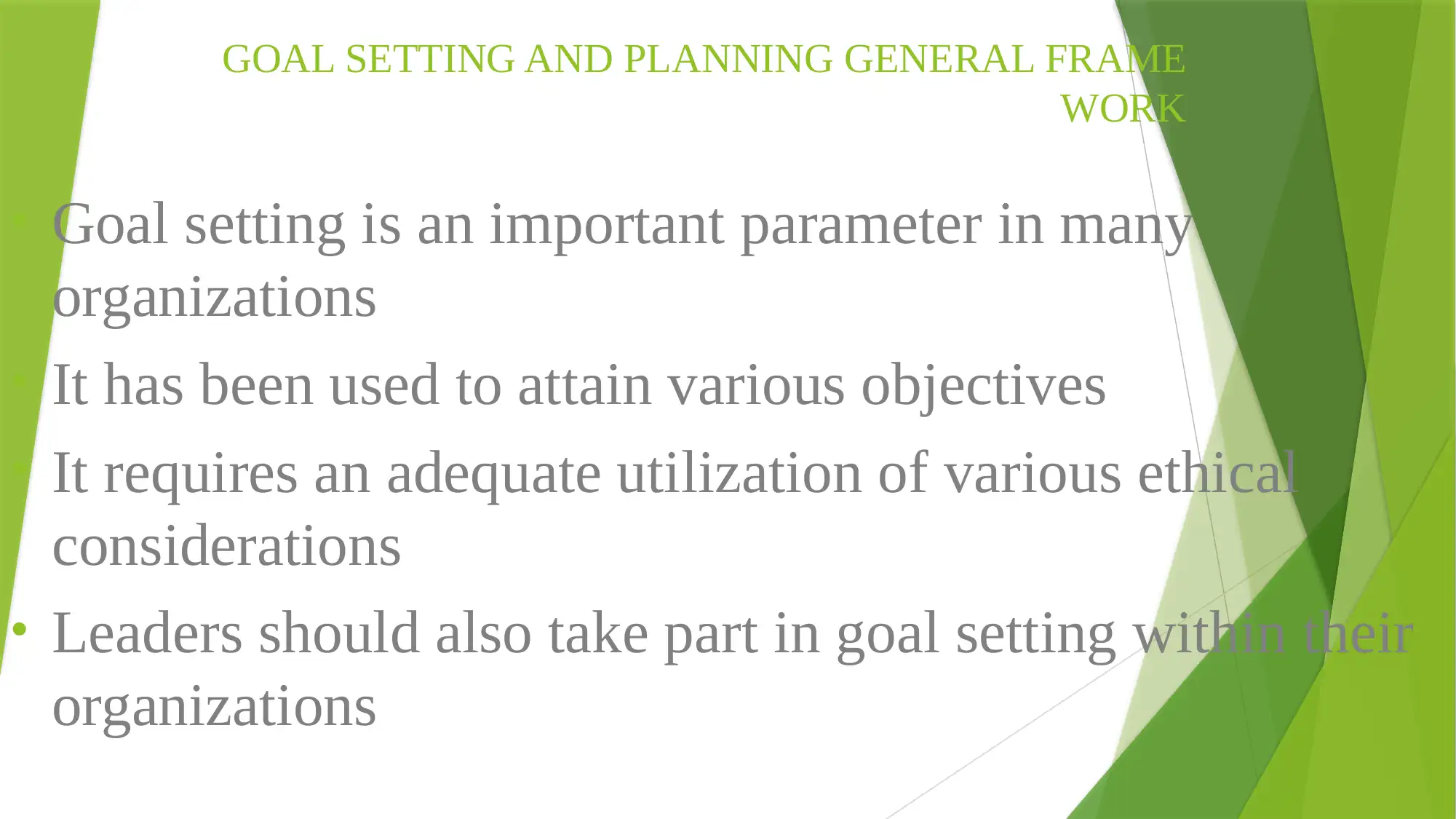
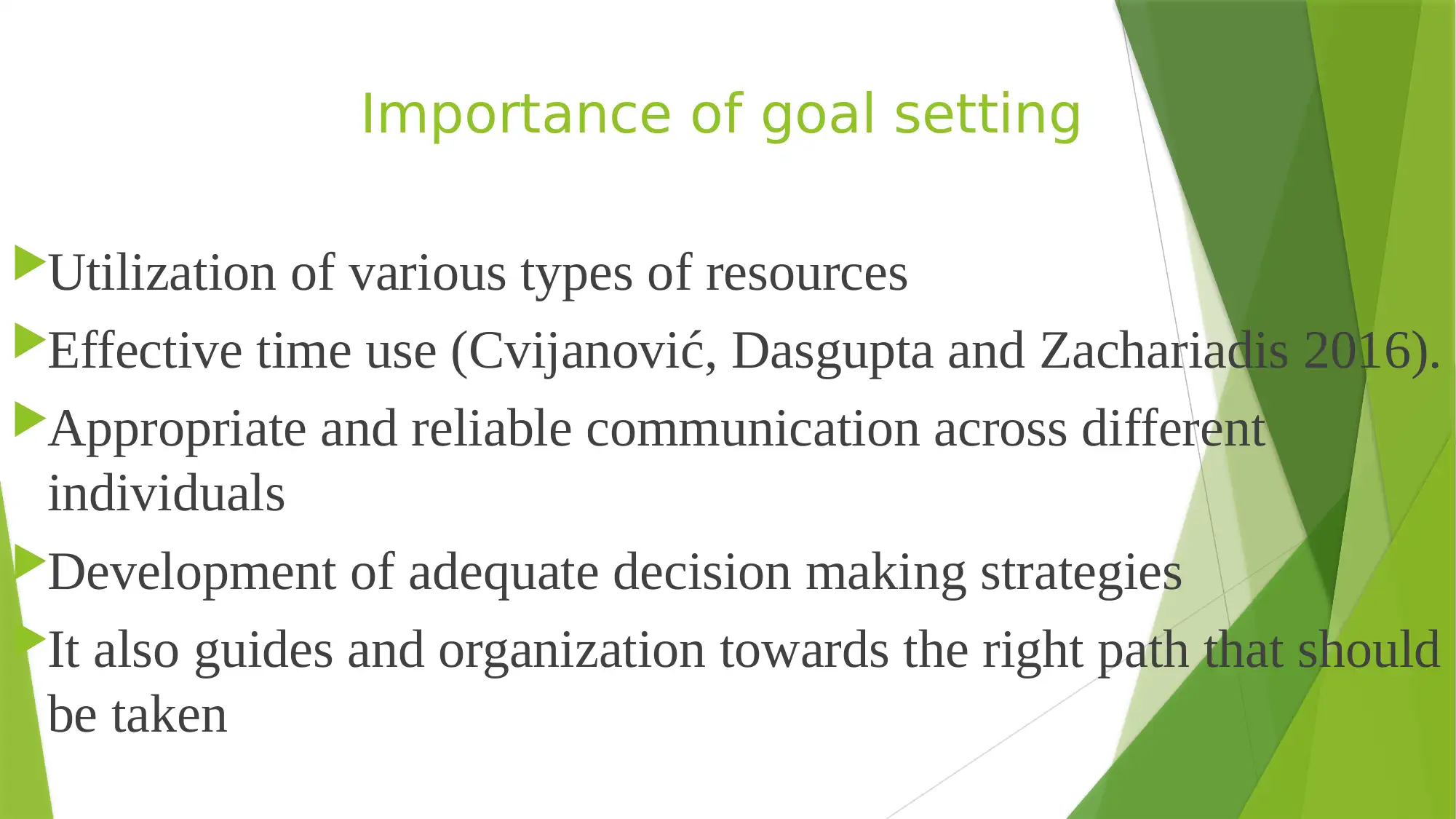
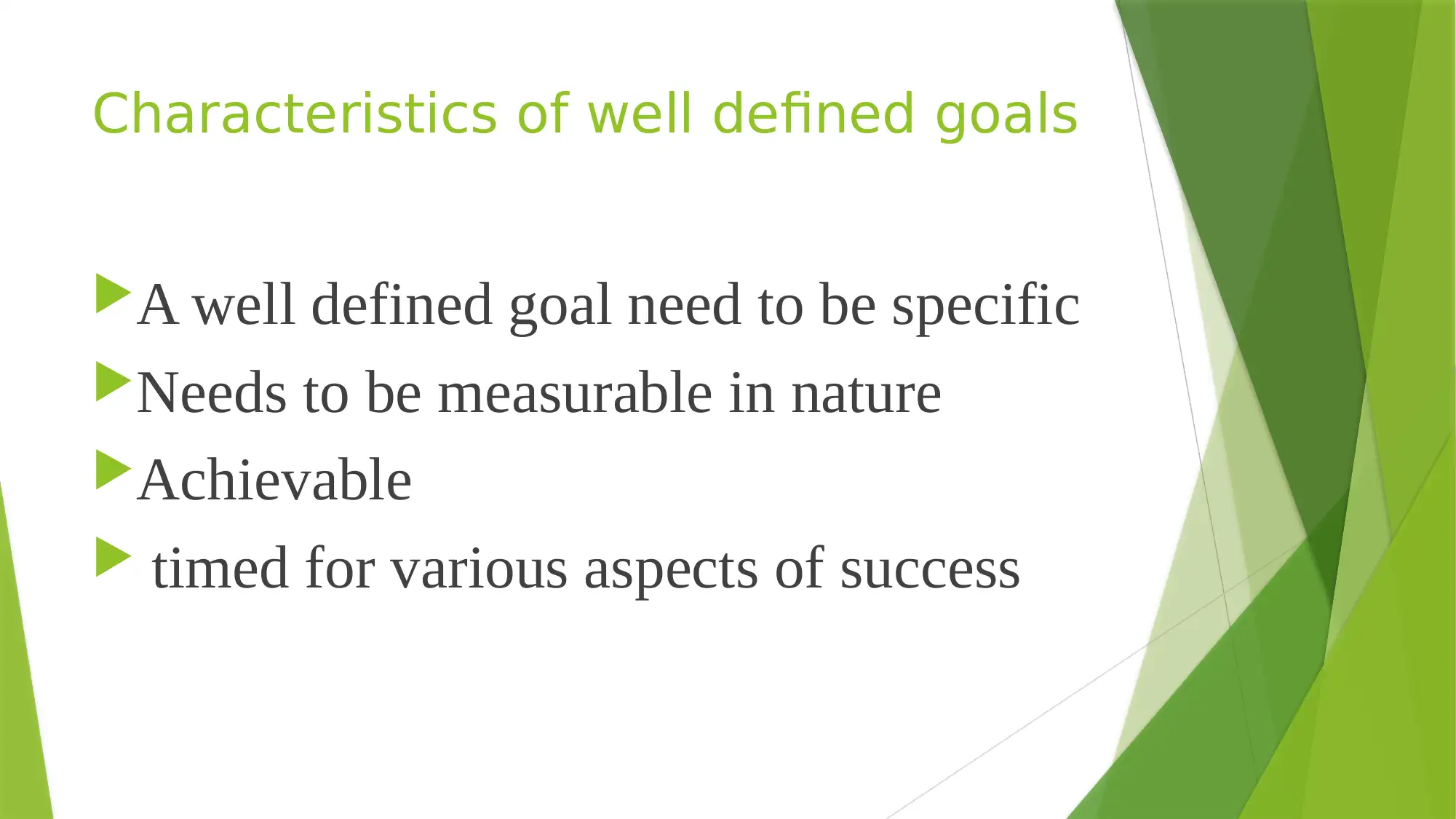

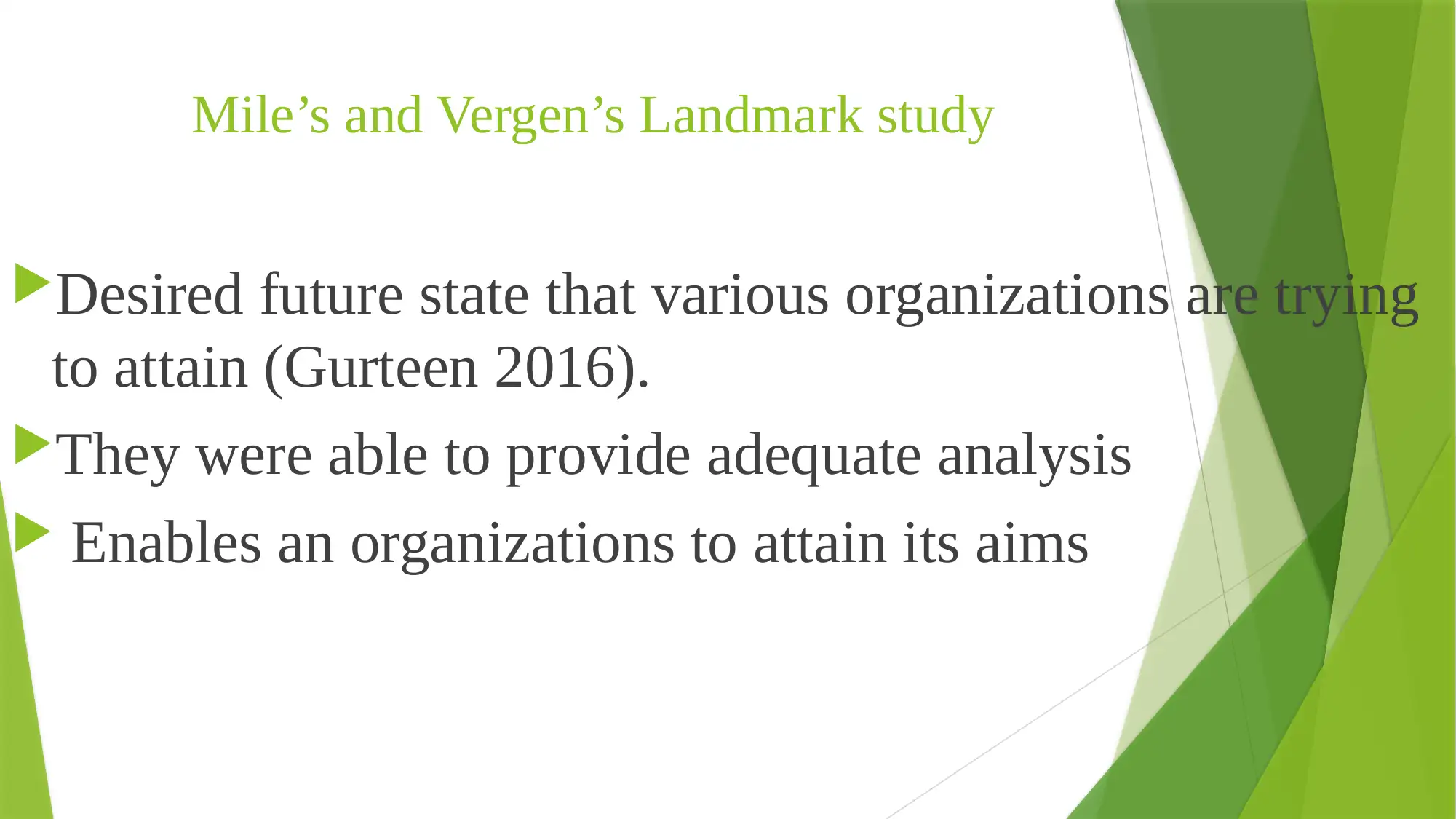
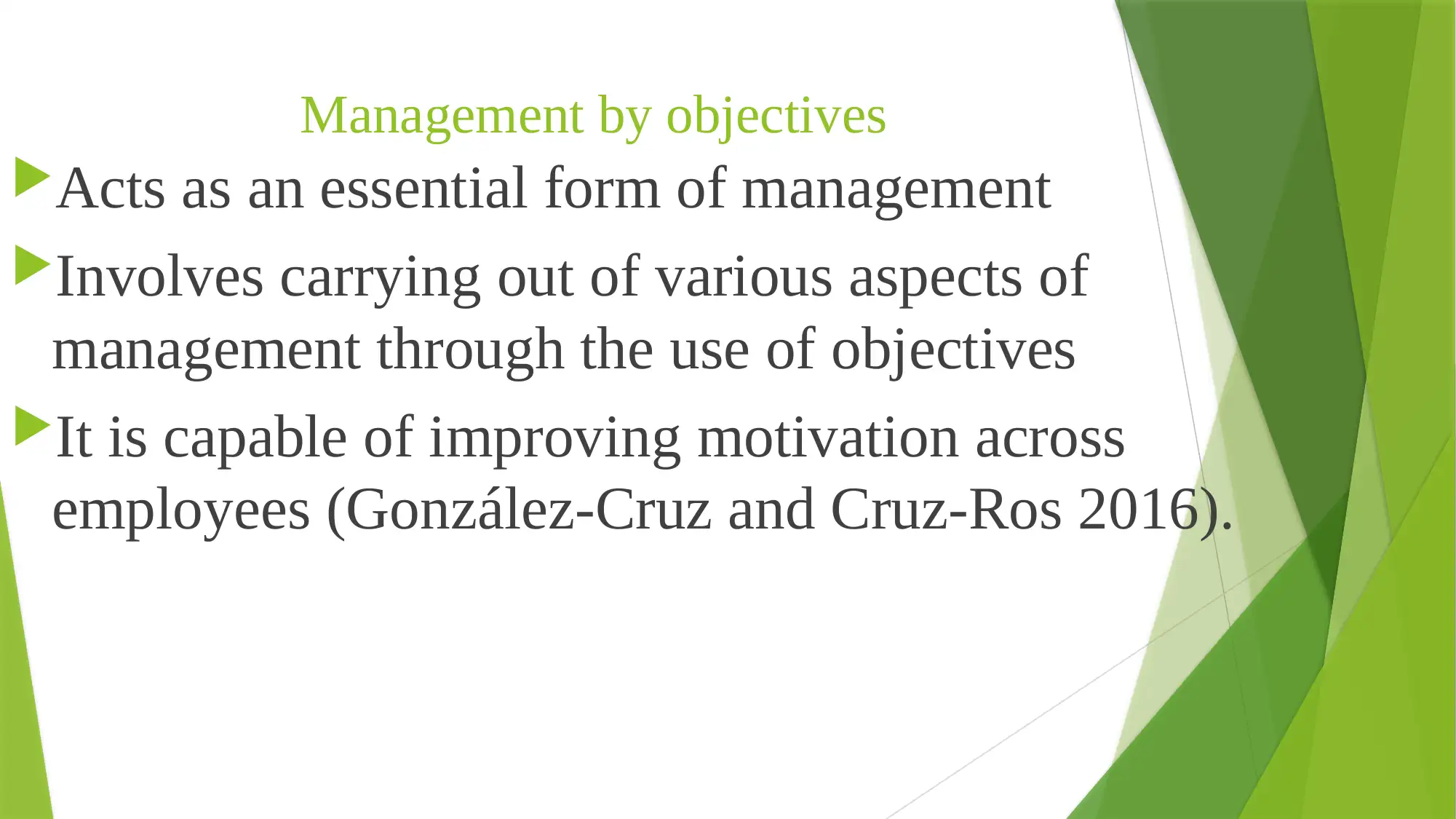
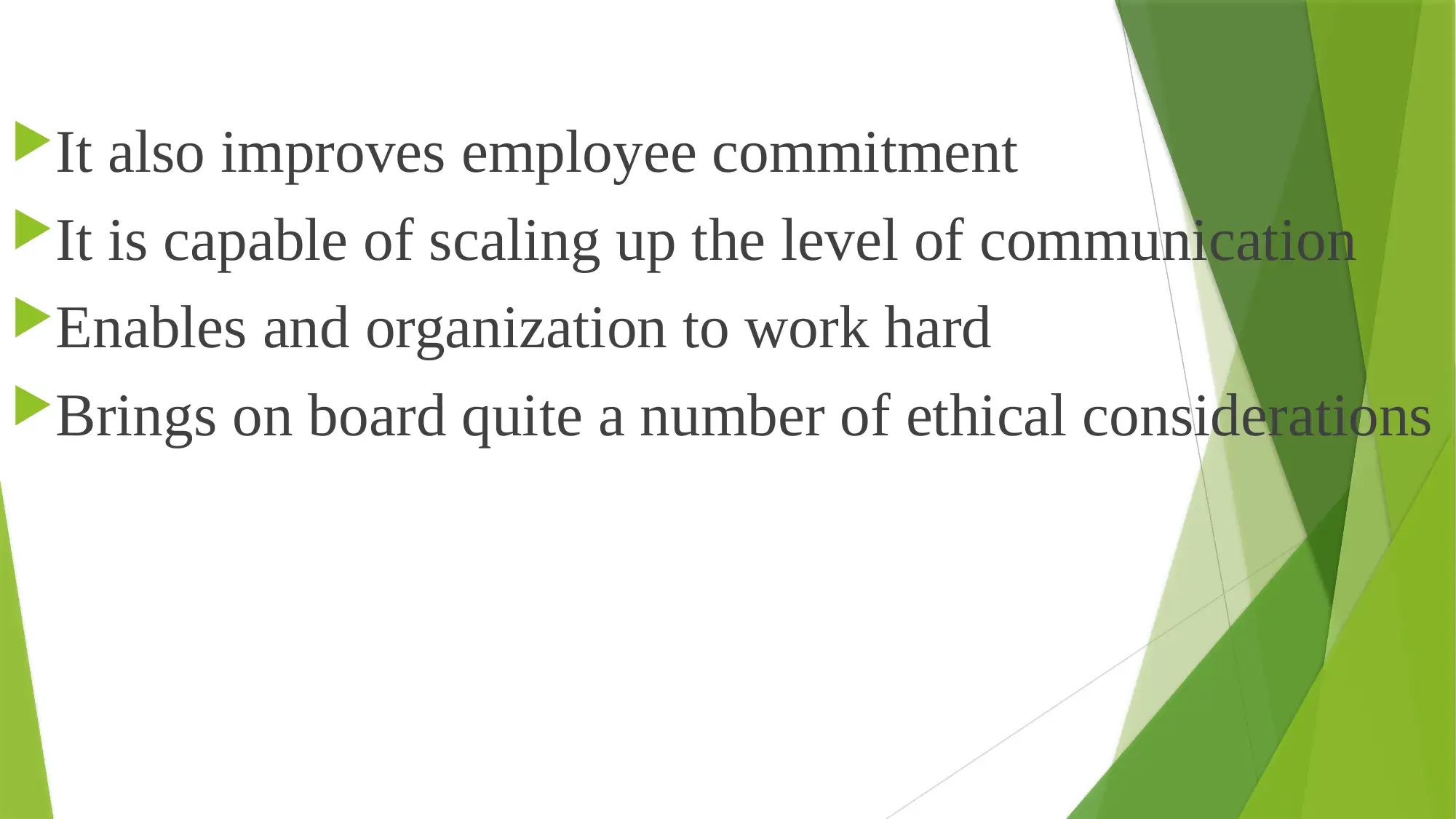
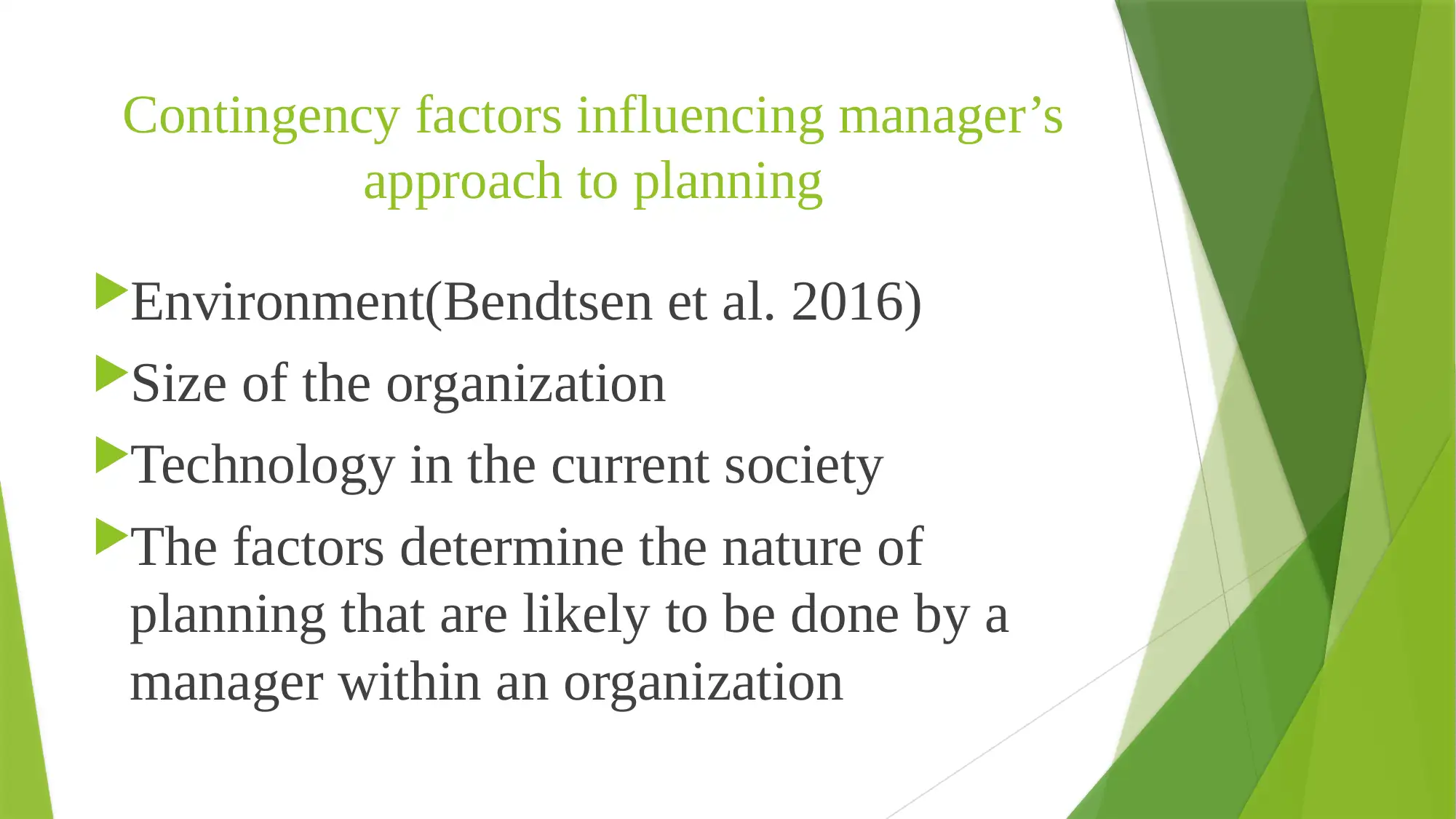
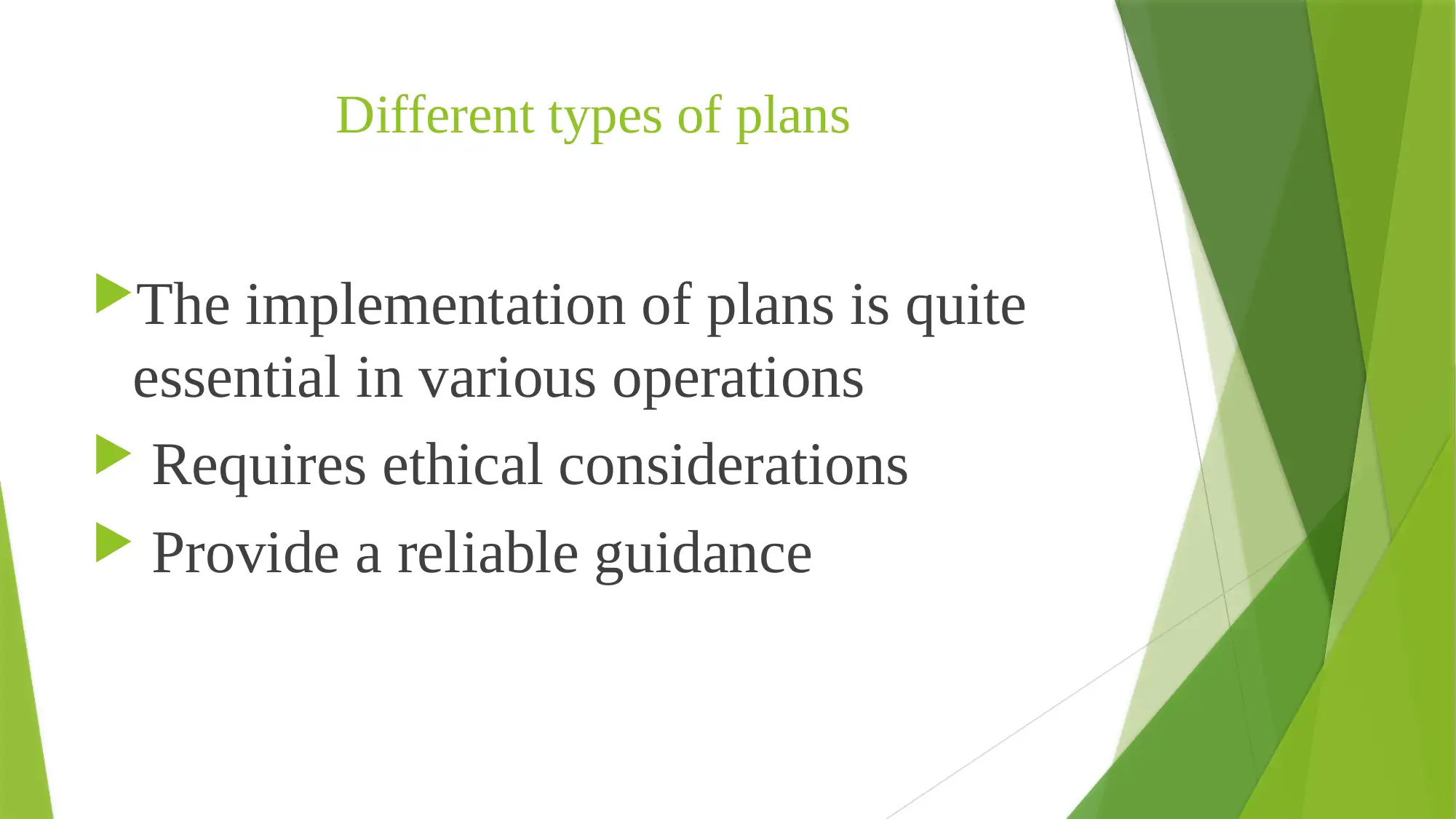
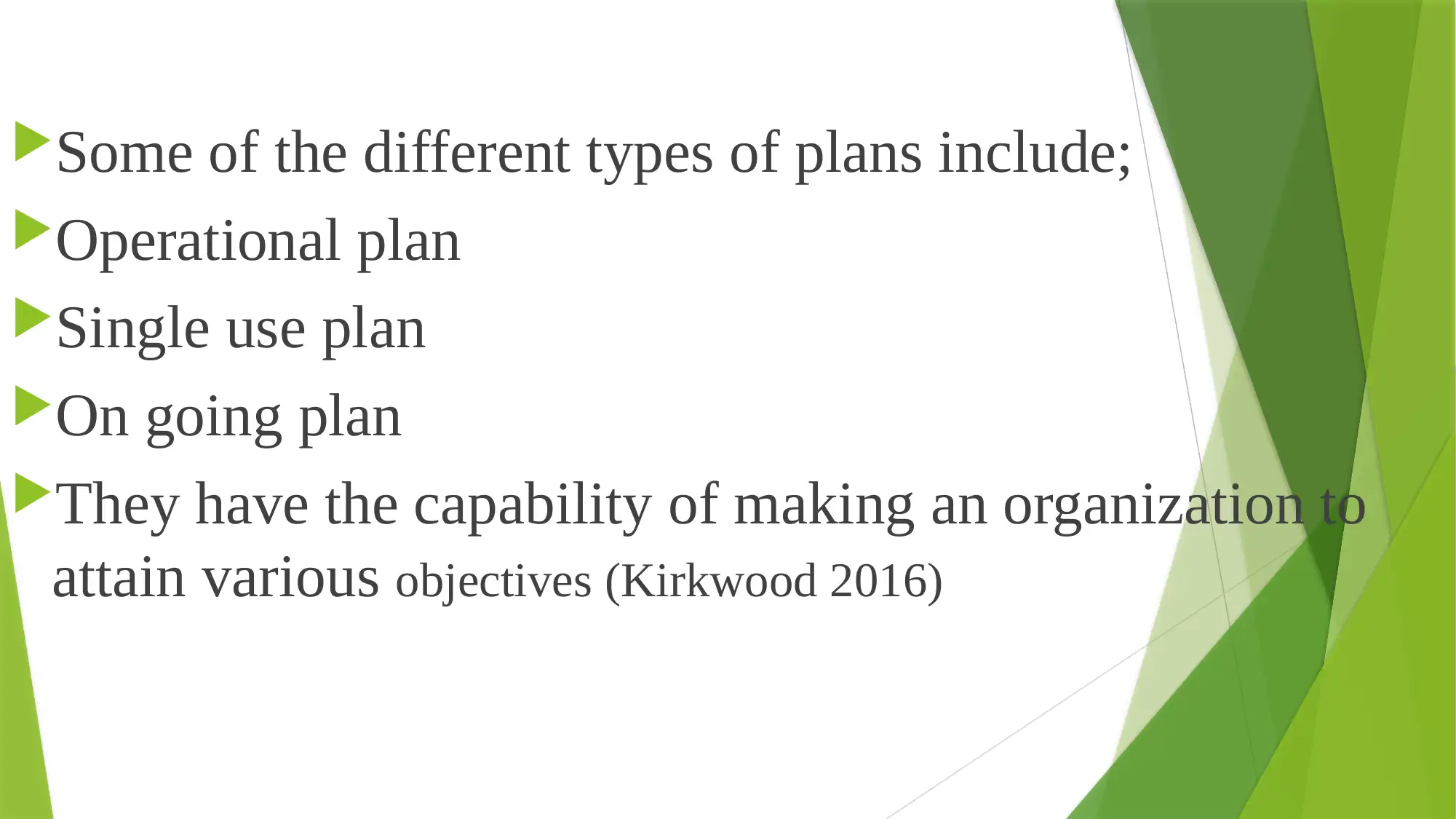
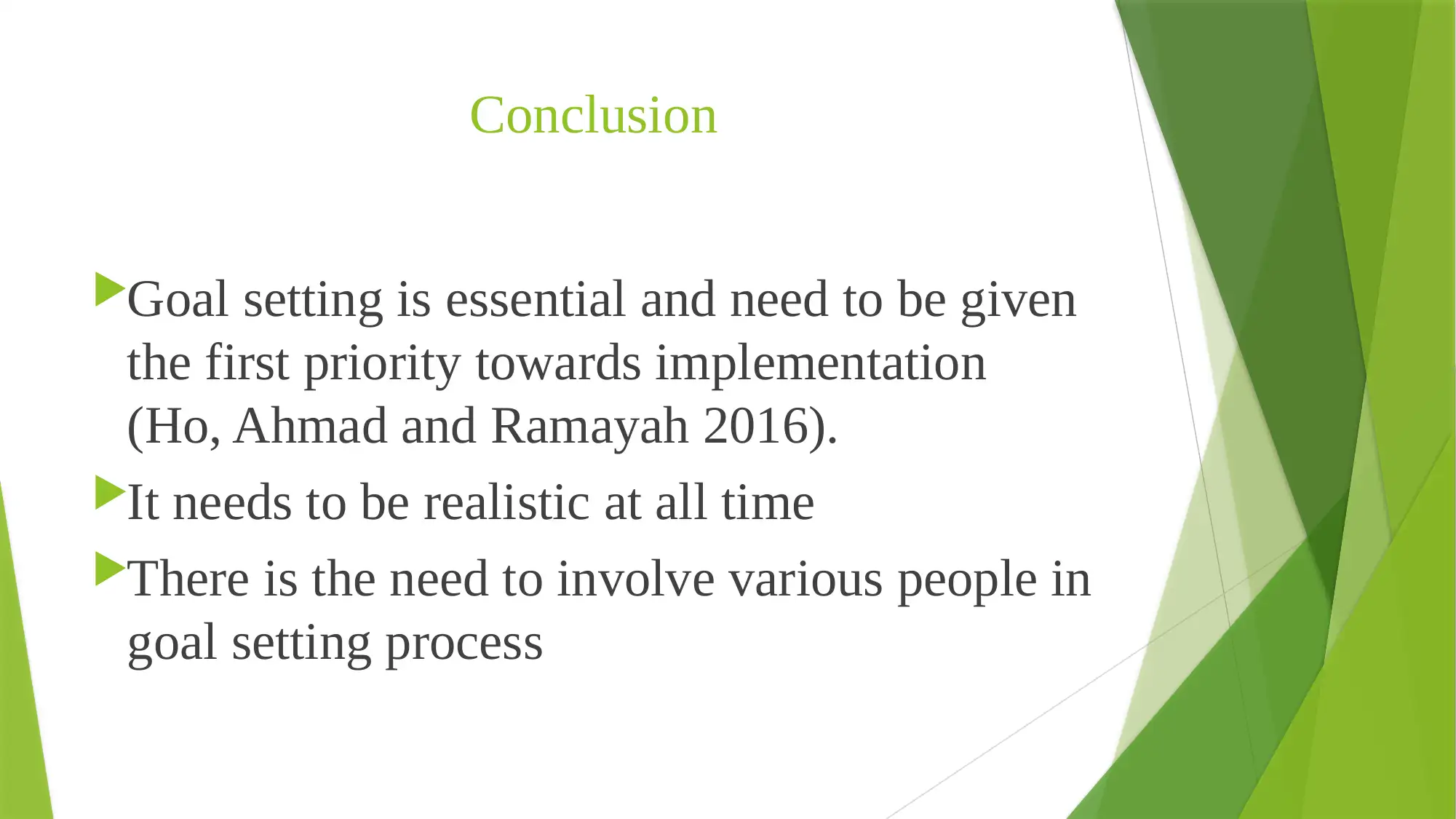
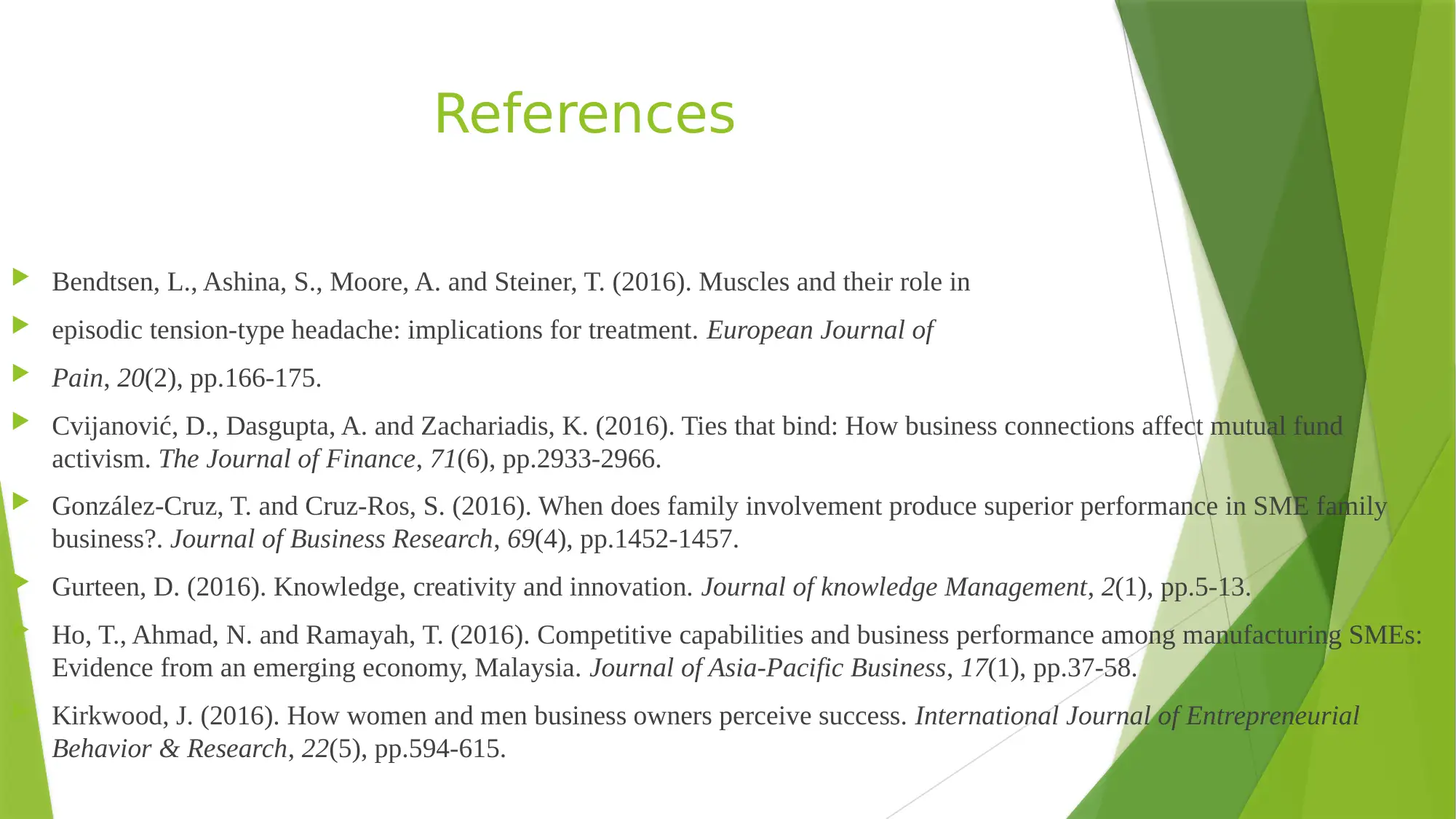



![[object Object]](/_next/static/media/star-bottom.7253800d.svg)